The Art of Scenario-Based Writing: Enhancing Communication
In human perception, certain unspoken rules govern the way we process information, akin to mathematical principles. One such rule revolves around the...
2 min read
 Writing Team
:
Sep 6, 2023 4:58:36 PM
Writing Team
:
Sep 6, 2023 4:58:36 PM
.png)
UX Writing and Technical Writing. Both are crucial in guiding users through the complexities of products and systems.
They act as navigators, steering the ship of user experience towards the shores of clarity and functionality.
But when should you call upon a Technical Writer, and when is it best to enlist the services of a UX Writer? This article will delve into the distinctions and commonalities between these two fields to help you make informed decisions.
UX Writing is primarily concerned with crafting content that facilitates users in achieving their objectives effortlessly. It strives to be the guiding light, ensuring that every word shapes the user experience to be lucid, intuitive, and efficient. Key aspects of UX writing include:
User-Centric Focus: UX writing centers around the needs and expectations of the end-users.
Task-Oriented Content: It delivers information geared towards aiding users in accomplishing specific tasks within an application or website.
Usability and Clarity Optimization: UX writers steer clear of jargon, ambiguity, and convoluted structures, opting instead for simplicity and clarity.
Empathy for Users: Understanding the user's perspective is essential to crafting content that genuinely serves your target audience.
Testing and Iteration: UX writers rely on real user feedback to refine their content, ensuring it is as clear and effective as possible.
Common examples of UX writing elements include error messages, help texts, pop-up notifications, confirmation messages, and tooltips.
Technical Writing, on the other hand, is more focused on the dissemination of information. It provides users with the resources, guidance, and clarity necessary to navigate and excel in their interactions with new technologies. Key aspects of technical writing encompass:
Process and Procedure Documentation: Technical writers produce manuals, instructions, standard operating procedures, and more.
Simplifying Complexity: They break down intricate concepts into understandable steps and explanations.
Product and System Documentation: This involves creating user guides, specifications, and reference materials that explain how products, software, and systems operate.
Precision in Language: Technical writers use precise language to prevent misinterpretation.
Visual Aids: They employ diagrams, tables, images, and charts to elucidate concepts and procedures.
Common examples of technical writing include user guides, product descriptions, white papers, API documentation, and support articles.
While there are notable similarities between UX and technical writing, such as a commitment to clarity, simplicity, and structured information, there are also key distinctions:
Focus: UX writing prioritizes user goals and experiences, while technical writing centers on accurately describing processes, systems, and concepts.
Timing: UX writing emphasizes the initial user experience, ensuring users can start using a product quickly. In contrast, technical writing focuses more on ongoing support and troubleshooting.
Audience: UX writing targets end-users, whereas technical writing caters to professionals or employees who require specific instructions.
Although there is significant overlap in goals and writing techniques between UX and technical writing, their areas of emphasis are distinct.
UX writing concentrates on front-end user experiences and establishing a connection with users, while technical writing revolves around back-end support through documentation and reference materials. Combining both UX and technical writers ensures a seamless user experience, covering everything from onboarding to long-term product use.
UX content gets users started, while technical documentation keeps them going. It's this synergy that ensures users navigate the waters of your product smoothly.
.png)
In human perception, certain unspoken rules govern the way we process information, akin to mathematical principles. One such rule revolves around the...
%20(1).png)
Technical writing is an undertaking that requires research creating visual aids, and effectively targeting the understanding of your audience.